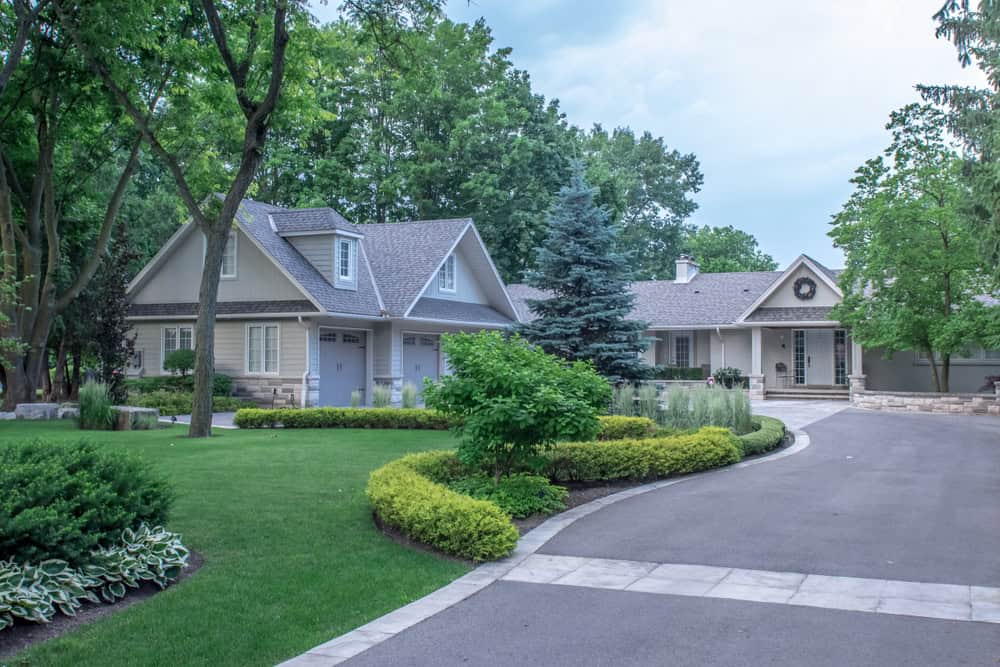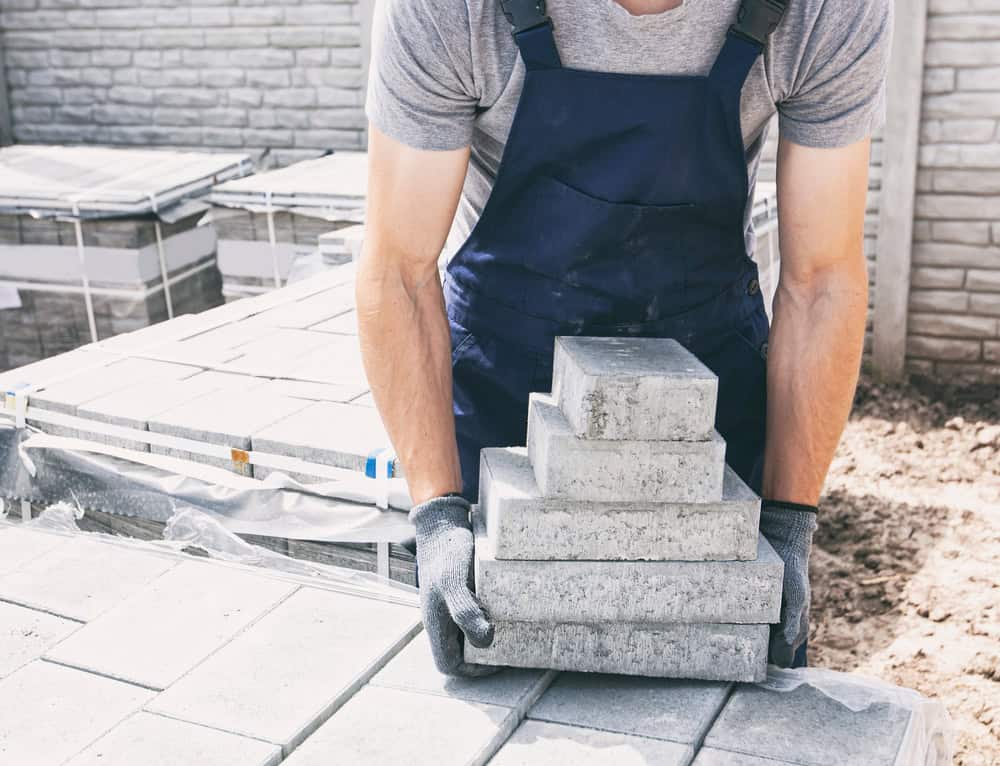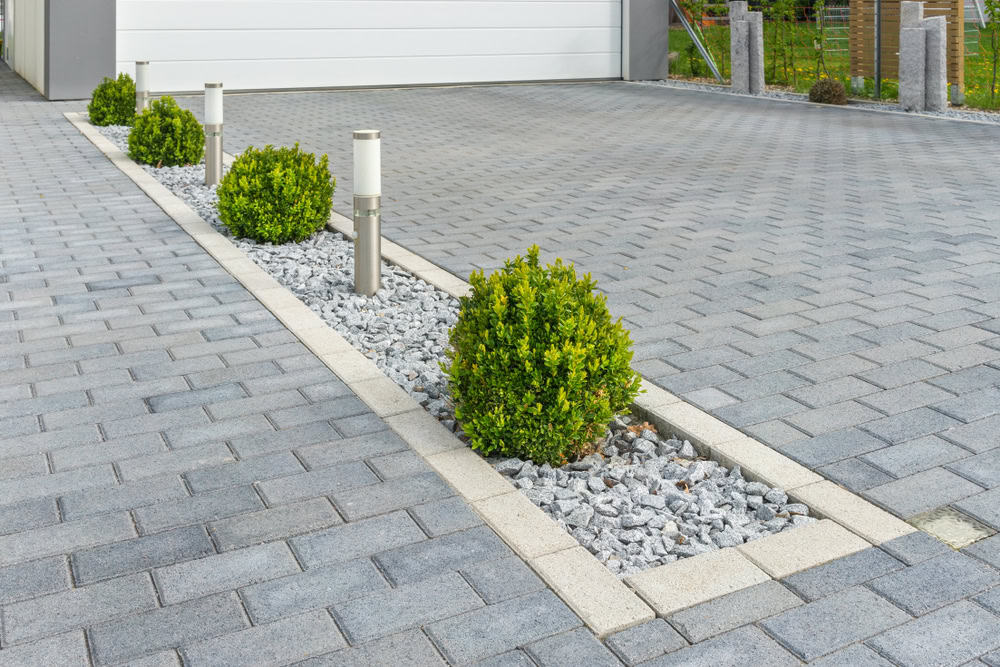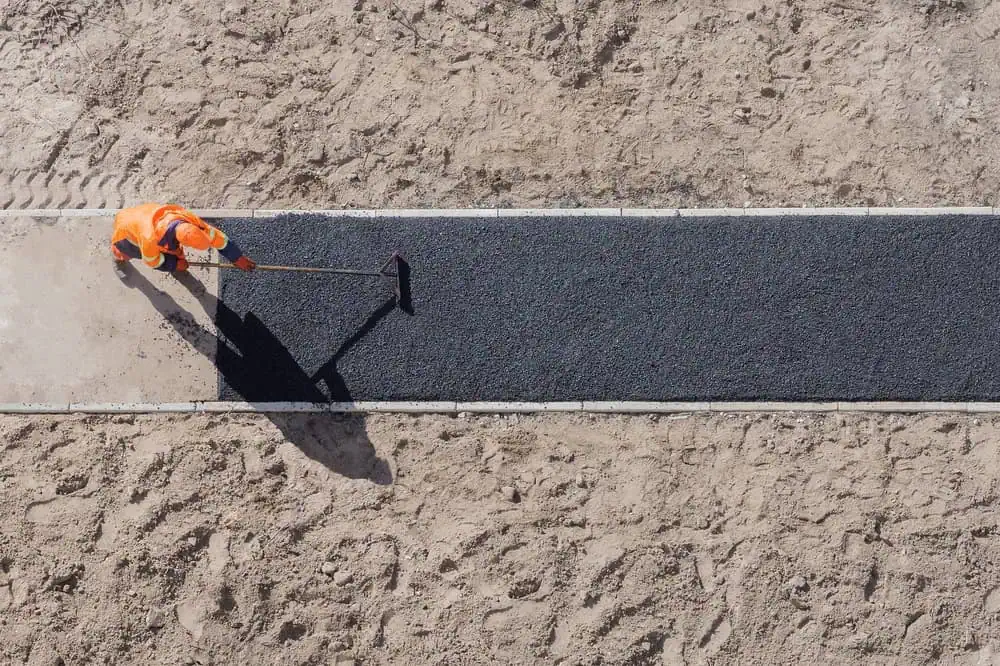Professional paver installation that handles New England weather without cracking, settling, or disappointing you.


You want a patio that doesn’t buckle after the first winter. Something that drains properly when it rains and doesn’t turn into a weed garden by summer’s end.
That’s what proper paver installation provides. A surface that stays level, properly sheds water, and looks the same five years from now as it does the day we finish.
No more dealing with cracked concrete or uneven stones that catch your heel. Just a clean, stable outdoor space you can use for grilling, entertaining, or just sitting outside without worrying about tripping hazards or water pooling around your foundation.
As local paving contractors, we’ve been installing pavers in the Nabnasset area long enough to understand what works and what doesn’t. Massachusetts soil shifts, freezes, and thaws, and can destroy poorly installed patios.
We’ve seen the damage that happens when contractors skip proper base preparation or use the wrong materials for our climate. That’s why we focus on the foundation work that most people never see but makes all the difference in how your patio performs over time.
Local, licensed, and insured. We handle permits, follow local codes, and warranty our work because we plan to be here when you need us.

First, we excavate to the proper depth and grade for drainage. Most paver failures start with inadequate base preparation. We remove enough soil to accommodate the base materials and ensure water flows away from your foundation.
Next comes the base layer; compacted gravel that creates the stable foundation your pavers need. We use mechanical compaction equipment, not just hand tamping, to create a solid base that won’t settle over time.
Then we install edge restraints to prevent pavers from shifting, lay the bedding sand, and set each paver by hand. Finally, we sweep joint sand into the gaps and compact everything one final time. The result is a patio that moves as one solid unit instead of individual pieces that can shift or settle.

Ready to get started?
Every paver installation includes proper excavation, engineered base preparation, and professional-grade materials rated for Massachusetts weather conditions. We handle all the details most homeowners don’t think about.
You get proper drainage grading so water moves away from your house, not toward it. Edge restraints that keep your pavers locked in place. Joint sand that prevents weeds and maintains stability. And compaction that ensures everything stays level.
We also handle permits when required and can work around existing landscaping, utilities, or other site challenges. The goal is a finished patio that looks clean, functions properly, and doesn’t create new problems for your property.

Local Resources